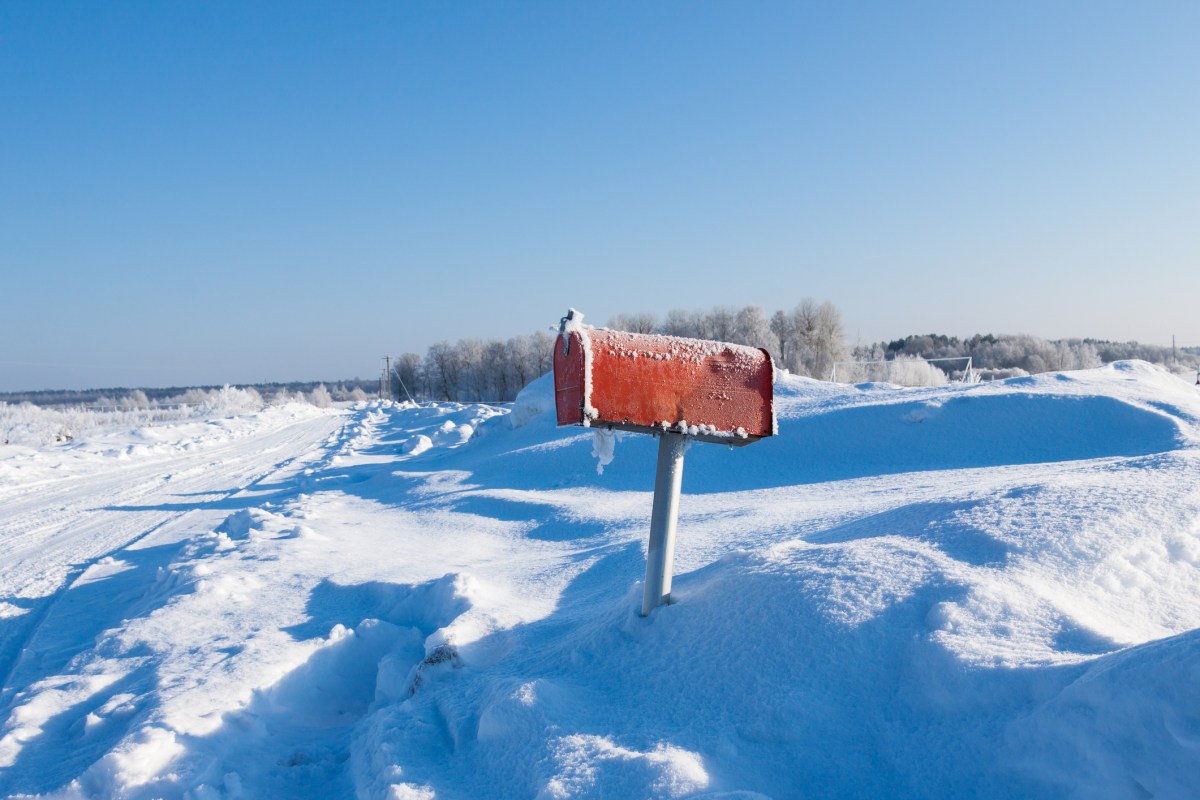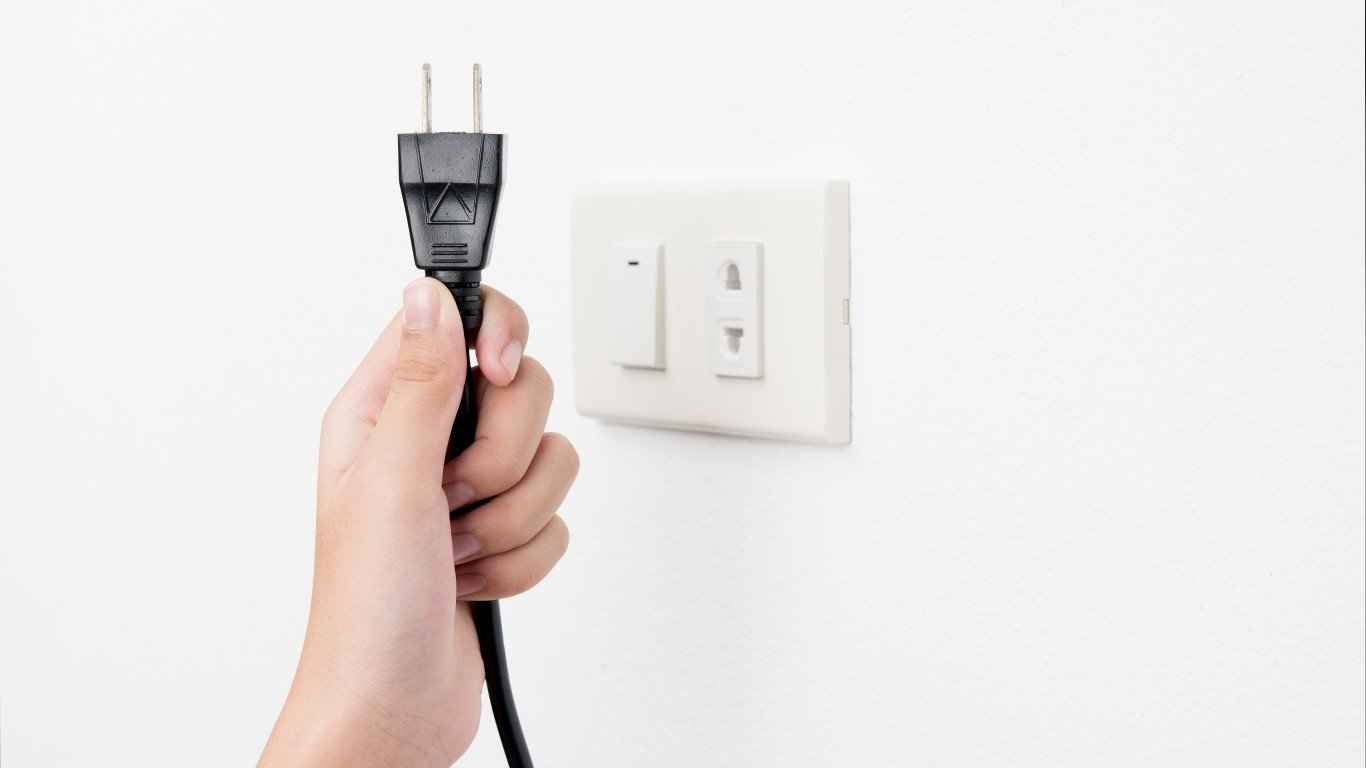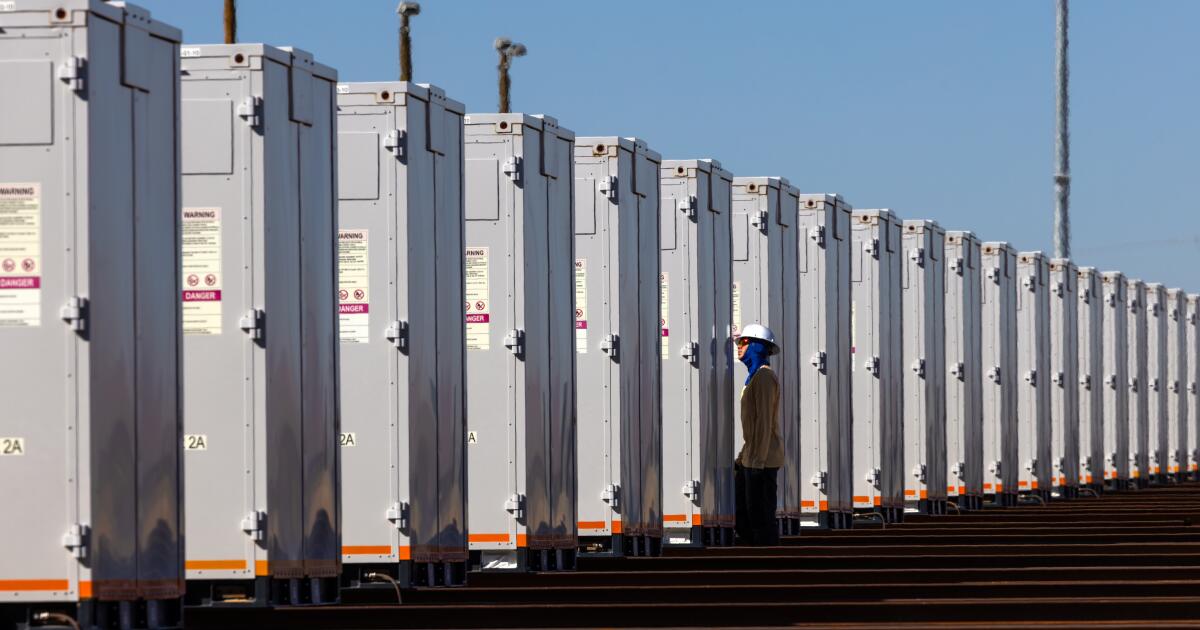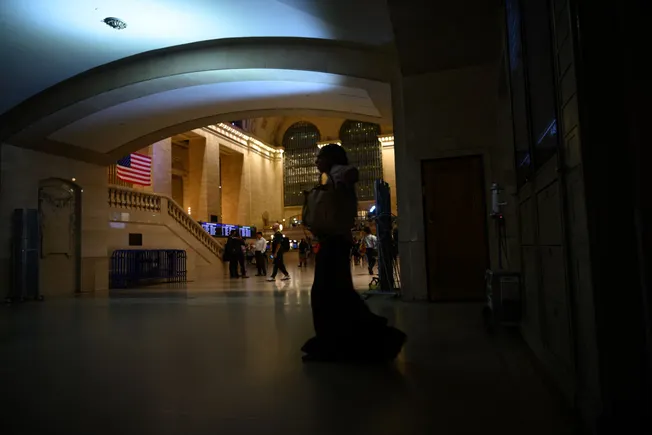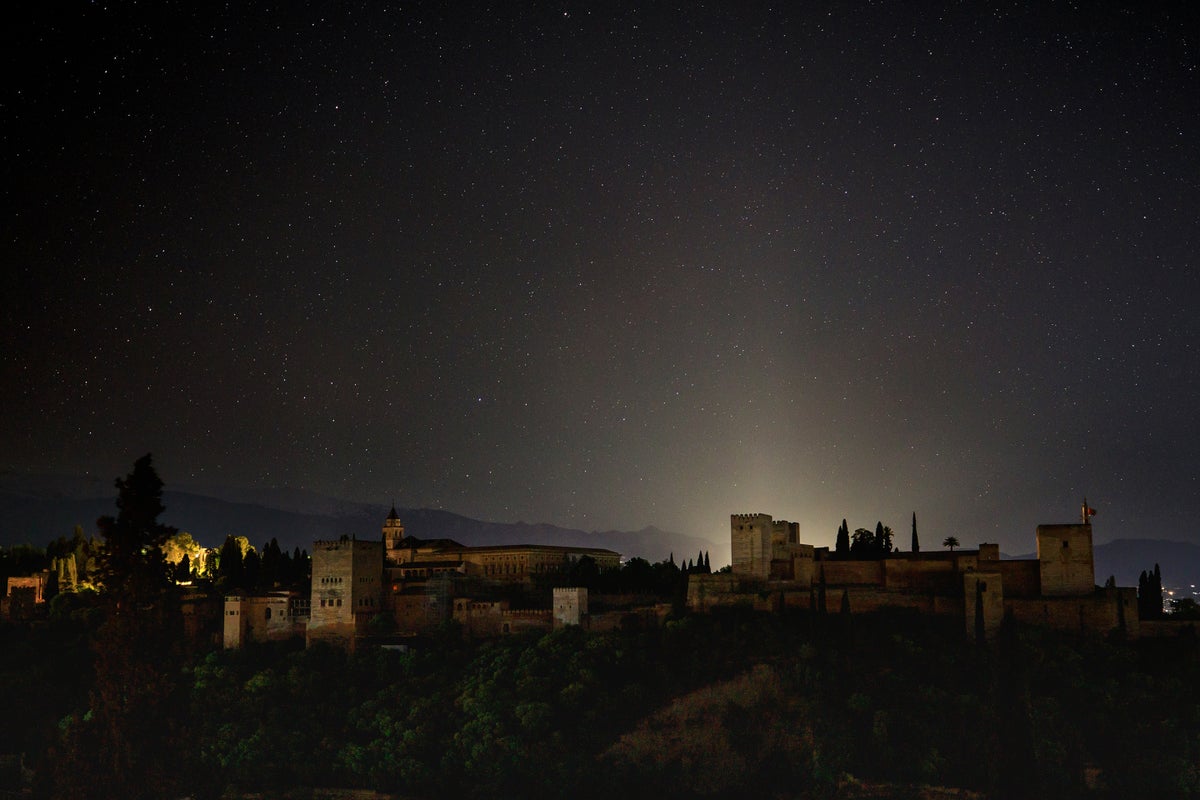Artificial intelligence
fromHarvard Business Review
1 week agoHow Data Centers Can Support Energy Resiliency While Managing AI Demand - SPONSOR CONTENT FROM SCHNEIDER ELECTRIC
AI-driven data center growth is rapidly increasing electricity demand, straining grids and requiring major investments, renewable capacity, and new utility models.
